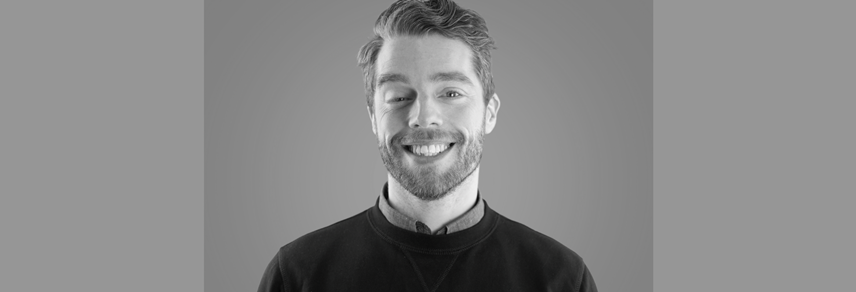
FIVE MINUTES WITH TOM JONES
In this interview, Tom Jones, co-founder and UK CEO of Three Whiskey, discusses current trends in the digital marketing space and their impact.
What are the most important trends that you are seeing in the current digital marketing and communications space?
I should preface this, speaking about trends is in and of itself something we try to avoid. We try not to follow trends. As an agency, we want to preempt trends that are going to be meaningful for our clients. It’s something to think about just in general. You can easily get lost chasing trends.
Number one is the continued growth of voice search and voice assistance. There’s been a lot of talk in digital about voice search in particular and how from a digital marketing point of view brands can optimize their experience to be found via voice search and assistance. I don’t think it reached the full use case. Brands are still working out how to use this technology..
The other, often cited, but hard to be made real from a day-to-day marketing perspective is the use of artificial intelligence. Thus far, there’s a lot of use of AI across the industry. It’s already transformed how we do marketing in general, but it’s been mostly the preserve of Google, Facebook and Amazon. What I think we’ll start to see is AI more in the hands of marketers.
I’d say thirdly, is the continued expectation for seamless and personalized omnichannel experiences. We’re seeing it in every sector. For example, a client we recently started working with is a veterinarian group. The essence of their business is having a local footprint in a core veterinary experience. They see the opportunity and the need to leverage digital in the sense that they recognize they need to make it possible for people to book appointments online and to get their prescriptions without having to do a round trip to the vet.
How do you connect digital trends with client’s needs?
It starts and ends with understanding the clients’ brand, their marketing and business objective, audience and what they’re looking to achieve. Whatever that shiny new thing is, it needs to be evaluated against: what are the objectives, what’s the strategy, and how does this help us?
We conduct our research and keep ourselves attuned to developments in the market, benchmarking what we’re doing, how we think we can do it better and how we leverage that. Often, we’ll bake that into an evolved approach for a client. We'll try and make some of that evolution frictionless because we’ll take advantage of new tools and technologies, embed them into our approach, and then deploy them for our clients.
Particularly from a media perspective, we’ll have test-and-learn budgets (5-10 %) in place with clients where we agree that we are going to spend an x amount on new tools or new media, with a point of view of purely testing.
How has the pandemic changed digital marketing and which of these changes do you think are lasting?
As consumers, we can all see this pace of change in terms of enabled services in consumer environments that you wouldn’t have encountered a year ago.
It’s sped up the pace of genuine digital transformation as well. It’s brought on to the radar of people on board level who perhaps didn’t have an appreciation for digital before. They’ve realized this isn’t a part of the marketing strategy. This is our core business strategy.
Lastly, there’s an increasing preference for local businesses that have authentic messages and values at their core and can demonstrate a connection with the community. Covid-19 brought it more into focus, but it’s been growing over time.
How do you see the future of AI impacting digital communications?
It’s already impacted it beyond recognition. The main example being Google and Facebook, where algorithms determine the content of what they see -ads, products, and even job recommendations. Our whole internet experience is already immeasurably shaped by AI.
In terms of digital communications, there is an increase in the democratization of access to these tools, where marketers will deploy these in the course of their work. Not just to pay for ads by Google or Facebook, but to crunch their data to work out trends within their own first-party data sets. Also, this will be supporting general lightening of the day-to-day workload through automation. As marketers, the good news is that it’ll take away one sort of work, but it will create an increased focus on strategy and creativity. In some ways, it is an existential challenge because jobs are going to change and will shift. The hope is that we can work with technology to carve out more meaningful roles that rely on the things humans are good at, which is connecting things that might not otherwise be connected.
Which campaign or project are you most proud of?
I’m genuinely proud of all the work we do. It’s hard to pick one thing that stands out. What I love is the way the team throws themselves at challenges our clients have. We get a lot of varied challenges that force us to think of something different and what we haven’t done before. I find that inspiring to see.
We won an award about 18 months ago for developing a tool which used AI to help categorize keywords. It’s a task that’s hard to do well. It’s a task that, over time, people don’t want to keep doing because it’s manual and labor-intensive. This tool helped with the categorization of keywords to take some of the time and effort out of that, so that was pretty cool.



